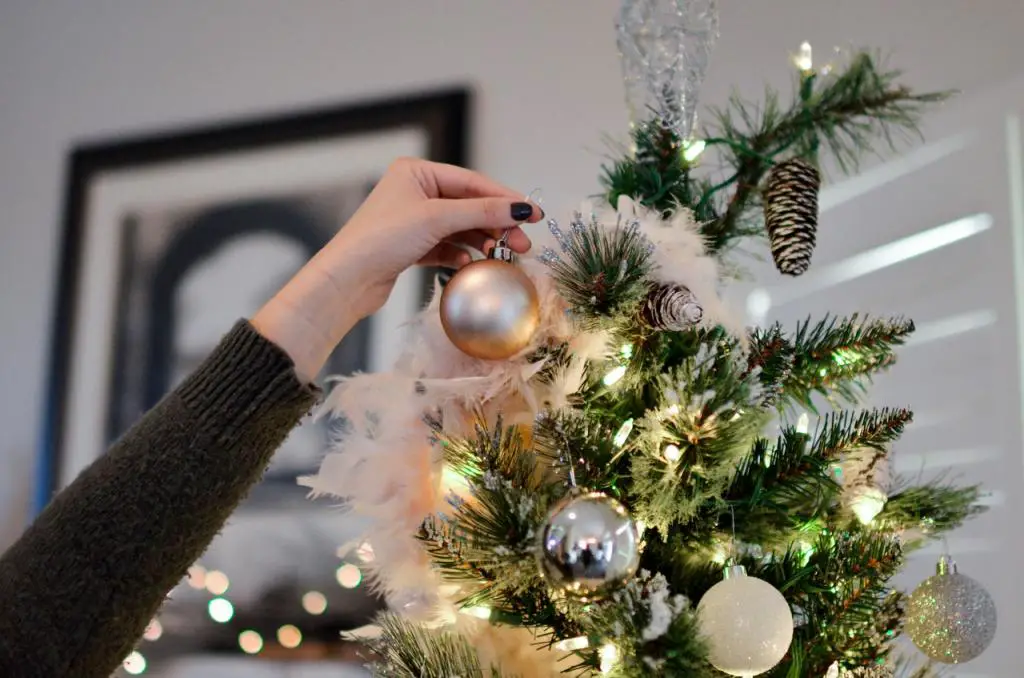‘Sarawak First’ may have become the main theme for newly registered Gabungan Parti Sarawak (GPS), but when it comes to other firsts in Sarawak, here are some notable milestones in the region’s transportation history:
1.The first aeroplane to have landed in Sarawak
The first aeroplane which landed in the Land of the Hornbills was a sea plane. It landed on Oct 16, 1924 along the stretch of Sarawak river in front of Main Bazaar, Kuching.

Sarawak tried to launch its own government air service in 1929. They had two planes, namely the Royalist and Venus. Nonetheless, the venture did not last long.
The first land plane to touch down in Kuching on Sep 26, 1938. It landed on the then newly-built Kuching Landing Ground.
2.When Sarawak’s streets were first lit
Sarawak installed its first street lamps in 1906 in Kuching. However, there were no records of which specific areas where the street lamps were installed.
3.The first bullock carts
After the Brooke government imported Indian cattle, the number of bullock carts used to carry heavy loads started to increase in the 1870s.
4.The first form of vehicles for hire before taxis
The first few rickshaws were brought in 1895 from Singapore. Eventually the number of rickshaws began to increase, which prodded the government to introduce rickshaw stands just like taxi stands today.
They also imposed standard rates such as one mile costs 12 cents and 10 miles-journey costs a dollar.
Some of these stands were located at India Street, Gambier Road as well as at the end of Main Bazaar.
Ho Ah Chon wrote in Kuching in Pictures 1841-1991 that some of the wealthier people who lived in town kept private rickshaws for their own convenience.
He stated, “Those, with a tendency towards overweight often employed two pullers, because, at the best of times, going up or down a steep hill in a rickshaw could be dangerous, many people were decanted onto the road, sometimes with quite serious results, at the hill to Padungan, and on the bend of Reservoir Road.
5.The first car, bicycles, motorcycle in Sarawak
The manager of Borneo Company Limited J.M. Bryan brought in the first car to Kuching in 1917 (although some records stated 1907). It was a 10-12 HP Conventry Humber.
Meanwhile the third Rajah, Vyner Brooke brought the first motorcycle into the country. Another popular means of transportation was the bicycle which was first introduced in the 1900s.
6.The first railway service
The only type of transportation service that is not available now in Sarawak is train. But Sarawak once had a small railway line in Kuching.
It was about 10 miles long spanning from Kuching town to the 10th Mile. It provided both cargo and passenger service. The journey took about 15 minutes.
There were three engines in those days called Bulan (moon), Bintang (star) and Jean. Due to financial losses, the service was shut down in 1931.
During World War II, the Japanese took over the railway service. By 1947, the line was officially closed while the tracks were sold for scrap in 1959.
7.The first lorry in Sarawak
An unnamed local trader brought in a lorry back in 1912. Then, he made use of the 2-tonne lorry to give Sarawak’s first public bus service in the same year.









































